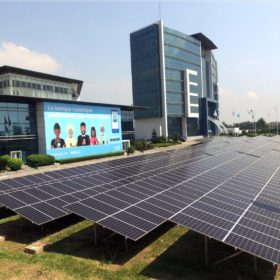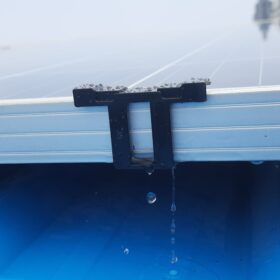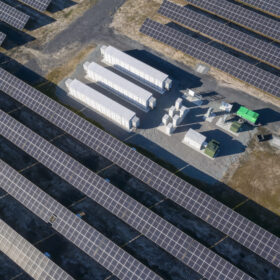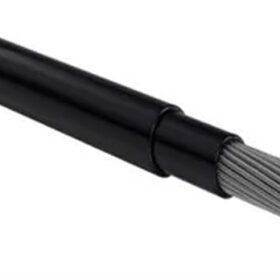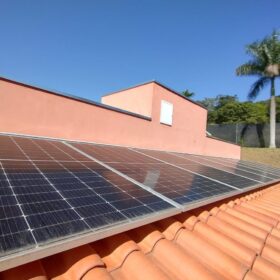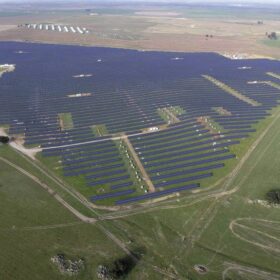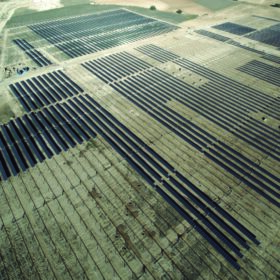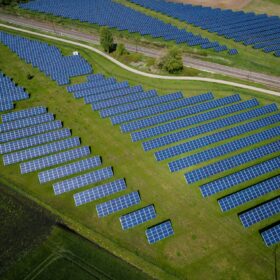Africa50 signs MoU with International Solar Alliance to support PV projects across Africa
Africa50 and International Solar Alliance (ISA) will leverage each other’s networks to mobilize funding and raise awareness of African solar projects in European and Indian markets.
Water-draining clamp for solar panels
India’s Prasham Greens has designed water-draining clamps to drain the water accumulated on the edges of the solar panels after rains and water-based cleaning.
Solar to reach ‘unassailable position’ as cheapest electricity source, says DNV
Solar’s levelized cost of electricity will reach $30/MWh in 2050, as global capacity surges, said DNV.
Japanese provider launches new aluminum cables for PV systems
Japan-based GBP said its new cables are complying with several international standards. It claims the cables have an antitheft function, as they should discourage copper thieves from approaching a PV system.
Brazil added 4.2 GW of distributed solar in H1
Brazil’s distributed PV systems, including installations up to 5 MW in size, have surpassed 22 GW of cumulative capacity. By the end of June, more than 2 million arrays had been deployed nationwide.
Conquering change: Artificial Intelligence and how to be future ready
The rise of Artificial Intelligence (AI) technologies presents a big opportunity for the energy industry. AI and the language of the input query provide us with a powerful tool against incorrect information.
World Bank lends $200 million to increase renewable energy penetration in Himachal Pradesh
The World Bank loan will help Himachal Pradesh strengthen its power grid, enhance the share of renewable energy (RE) in its power mix, and diversify RE resources further.
Portugal aims to install 20.4 GW of solar by 2030
The Portuguese government has raised its 2030 solar target by 11.4 GW. It now hopes to cover 85% of its electricity mix with renewables by the end of the decade.
World Bank approves $1.5 billion to support India’s low-carbon transition
The World Bank has approved $1.5 billion in financing to accelerate India’s development of low-carbon energy. The financing will help India scale up renewable energy, develop green hydrogen, and stimulate climate finance for low-carbon energy investments.
Spain targeting 56 GW of new solar by 2030 under new energy strategy
The Spanish government says it aims to deploy 76 GW of cumulative PV capacity and 22 GW of storage by the end of this decade. The old version of the national energy strategy had set a PV target of 39 GW.
